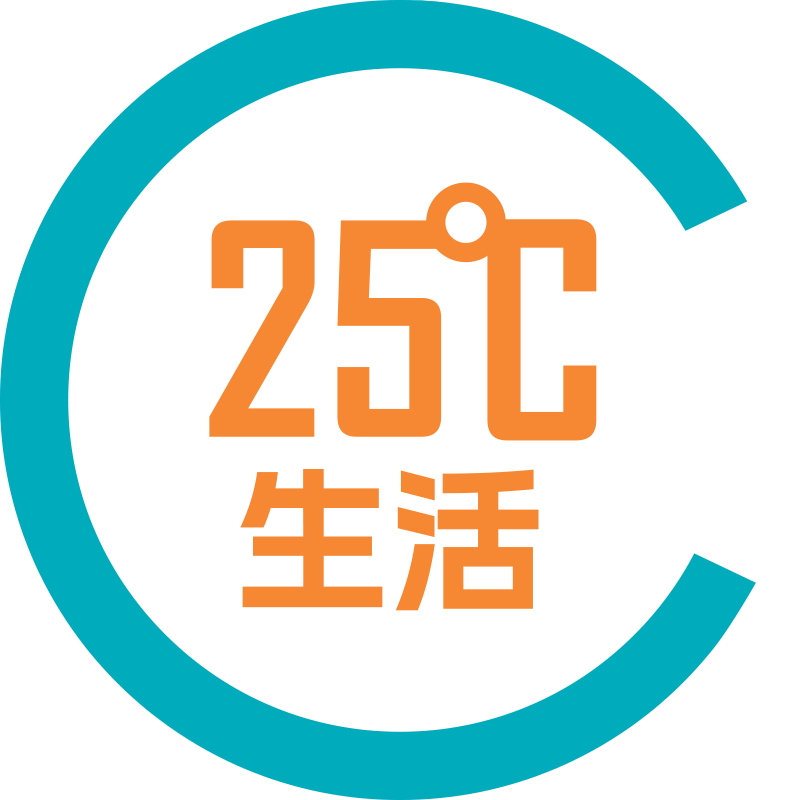- Erenhot Port, the largest land port on the China-Mongolia border, has witnessed increasing trade and people-to-people exchanges between the two countries.
- This year, by Sept. 5, Erenhot highway and railway ports recorded over 1.75 million inbound and outbound trips, up 95 percent year on year.
- Many Mongolian residents are coming to China to receive education and medical services. The popularity of Mongolian goods among Chinese consumers has also prompted Mongolian enterprises to expand their business in China.

Erenhot, in north China's Inner Mongolia Autonomous Region, is the largest land port on the China-Mongolia border.
Among the crowd, Batmunkh, wearing a backpack, stood on his tiptoes, his eyes sparkling with excitement as he looked around eagerly.
Booming Tourism
"'China Travel' is a real hit in Mongolia. I've already traveled to multiple cities in China, including Hangzhou and Xi'an," said Batmunkh, from Ulaanbaatar, the capital of Mongolia.
He added that like him, many tourists in Mongolia are drawn to China because of convenience in traveling and reasonable vacation cost.
Meanwhile, many Chinese tourists chose to travel to Mongolia to enjoy the landscape and folk customs of the neighboring country. Hao Xiaoming, a 34-year-old resident in Wuhan, capital city of central China's Hubei Province, just concluded a five-day trip to Ulaanbaatar by train.
"I enjoyed the grasslands and characteristic residential houses in Mongolia," said Hao, adding that the trip was partly motivated by a Mongolian song which can be translated as "The Night of Ulaanbaatar." The song is popular among Chinese people and its lyrics had been translated into Chinese.
According to data from the port's entry-exit border inspection station, from the beginning of this year to Sept. 5, Erenhot highway and railway ports recorded over 1.75 million inbound and outbound trips, up 95 percent year on year, and 442,000 transport vehicles, nearly double its growth year on year.
The readings speak volumes for China-Mongolia ties. In recent years, China and Mongolia, as close neighbors with great cultural affinity, have expanded collaboration in tourism, education, medical care and trade to enhance the well-being and mutual learning of the two peoples.
Educational, Medical Opportunities
In a classroom at No. 1 Middle School of Erenhot, 40 Mongolian high school students were taking Chinese language lessons.
"I enjoy Chinese and physical education. I often play basketball with my Chinese friends," said Midmererdeni, a 17-year-old boy from Khentii Province, Mongolia.
Midmererdeni's sister used to study in China. When she returned to Mongolia, she found a job related to trade with China. "I want to master Chinese like my sister did," he said.
Bao Xiuhua, vice principal of the school, said that it has welcomed more than 2,000 Mongolian students since 2006, most of whom went on to study at various Chinese universities.
Apart from receiving education, Mongolian residents came to China for medical services. Grelqiqig, a 65-year-old resident of Ulaanbaatar, received medical treatment at the Erenhot Hospital of Traditional Mongolian and Chinese Medicine for her severe joint pains. This is her first time visiting China for medical services. Her pain was significantly alleviated after receiving daily treatments including acupuncture and cupping for about 10 days.
Another patient who had her illness cured in China, Suyalt, a resident of Ulaanbaatar who had her cataracts removed in China, found a job after returning to Mongolia. In past years, this would have been beyond her wildest dreams.
Over the past five years, Chinese medical personnel have performed free sight-restoring surgeries for more than 1,000 Mongolian cataract patients.
Mongolian Goods in Town
Numerous shop signs on streets and alleys in Erenhot are displayed in three languages: Chinese characters, traditional Mongolian used in China's Inner Mongolia Autonomous Region, and Cyrillic Mongolian commonly used in Mongolia.
In an import commodity exhibition area of a warehouse store in Erenhot, there is a wide range of imported Mongolian goods on the shelves, ranging from honey, wheat flour, beef jerky, milk tea powder and camel wool to cashmere.
Gu Xiaojing, an Erenhot local, is a frequent shopper at Yaojin import supermarket. As the weather has been getting cold recently, she bought Mongolian wool knee pads and sheepskin gloves from the store.
"We like Mongolian honey and wheat flour," she said.
Li Wei, manager of the supermarket, said that Mongolian goods were very popular in the store, which also offer commodities imported from Japan, France and Germany.
The popularity of Mongolian goods has also prompted Mongolian enterprises to expand their business in China. For instance, renowned cashmere brand GOBI Cashmere has flagship stores in both Erenhot and Xilinhot in Inner Mongolia Autonomous Region.
Bilateral Trade
Working in Erenhot, 28-year-old Tuxig from Ulaanbaatar speaks fluent Chinese.
She first came to work in Erenhot in June 2018, and returned to Mongolia in early 2020 to get married and start a family. She came back to Erenhot last year with her husband and children to continue working in trade, specializing in the procurement of Chinese machinery, equipment and parts for an agricultural processing company in Ulaanbaatar.
In Erenhot, there are many Mongolian expats like Tuxig. Among them, Bideryaa's case is special, as the 38-year-old driver of a refrigerated truck constantly shuttles across the border, delivering Chinese fruits and vegetables to Ulaanbaatar.
"Chinese vegetables have enriched the dinner table of Mongolians," said the driver, adding that trade in vegetables had changed his eating habit as a "meat eater," making him healthier.
In the area of Erenhot bordering with Zamyn-Uud in Mongolia, an economic cooperation zone is under construction, which is expected to become China's third cross-border economic cooperation zone with neighboring countries.
With a planned area of 18.03 square kilometers, the China-Mongolia Erenhot-Zamyn-Uud Economic Cooperation Zone is expected to support China's goals of developing international trade, logistics and cross-border tourism while helping Mongolia realize its targets of developing bulk commodity logistics, processing, international commerce and cultural tourism.
Not far from the construction site is a China-Mongolia barter trade market, where Mongolians sell cashmere while Chinese textile companies use it to develop exquisite cashmere products.
In 2020, Erenhot was designated by the Chinese government as one of the first group of 13 pilot barter trade areas for the processing of imported goods in the country. In the first seven months of this year, the barter trade volume in Erenhot exceeded 400 million yuan (about 56 million U.S. dollars), up 1.34 times year-on-year.
Hashtag: #China #Mongolia
發佈者對本公告的內容承擔全部責任
source: The Information Office of Inner Mongolia Autonomous Regional Committee
【你點睇?】2024年國際外交上,誰是最大贏家?誰是最大輸家?► 立即投票






























